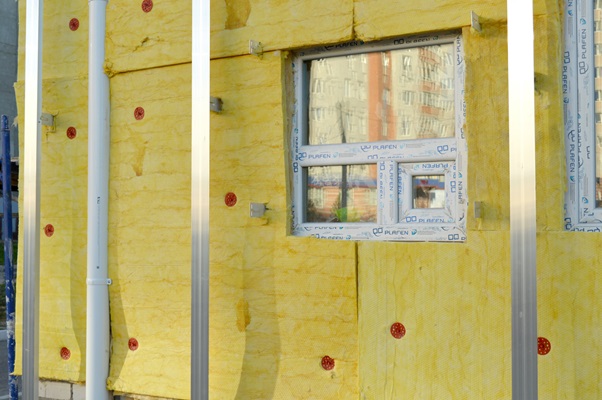What is Lagging?
Lagging is the more common name used for pipe insulation. It is generally used to help keep the heat in the pipes and to prevent condensation it can also reduce the noise that some pipes may make when in use. It's useful for saving energy as well as preventing pipes from freezing and bursting. Pipe lagging can be made from a variety of different types of materials, including some that are used for insulation in other parts of the home. Pipe lagging can be made from any of the following
Mineral wool
Mineral wool, also known as rock wool or stone wool, is made from a selection of raw materials, such as stone and glass. These raw materials are treated in a similar way to glass, in that they are melted at high temperatures until they melt, and then they are then spun to form fibres very similar to wool. This wool is then packaged up into batts, rolls or slab and mainly used as loft and wall insulation.
Glass wool
Glass wool insulation, commonly known as fibreglass, is made up of glass fibres. The glass is heated to extremely high temperatures until it melts and is then spun very quickly to create fibres. These fibres are then bound together to be used as insulation. The glass fibres create a pocket of air which act as a barrier to prevent heat loss as air is an extremely poor conductor of heat. Glass wool can be found in batts and rolls, loose-fill insulation and can also be found within insulation boards.
Flexible Elastomeric Foams
Flexible elastomeric foams are a fiber free, they prevent condensation and resist molds, They provide long-term durability and protection and are an ideal insulator for such things as plumbing and Ductwork. The smooth, durable external surface is easily cleaned and resists dirt, moisture absorption, and bacterial growth – even if it is torn or punctured. It has a higher temperature limit and is more flexible than polyethylene and is able to withstand spikes in temperature.
Rigid Foam
Typically to be used in floors, walls and ceilings of houses, rigid foam insulation uses one of three materials: high-quality, eco-friendly polyisocyanurate; extruded polystyrene; or expanded polystyrene. Rigid foam performs well when subjected to moisture and it does not split or crack. Wall cavities are often injected with a spray foam of insulation. While this does dry to a solid state it is not considered rigid foam insulation.
Polyethylene
Polyethylene foam is a durable, lightweight, resilient and a closed-cell material. It is often used for packaging fragile goods due to its excellent vibration dampening and insulation properties. It also offers high resistance to chemicals and moisture. Polyethylene foam is easy to process and fabricate. Polyethylene foam is excellent for insulation. It is flexible which allows it to bend and also insulate at the same time. Straight or flexible pipe insulation is a great example of polyethylene insulating
Cellular Glass
Cellular glass insulation was first developed over 60 years ago. It was discovered by making glass, then destroying it and then by baking the glass powder (with certain additions) a cellular glass form or ‘bun’ could be created. The bun is 100-percent glass with both insulating and flotation properties. The glass composition makes it moisture, high heat, and fire resistant
Aerogel
‘Aerogel’ is a broad term used to describe a group of materials that have been in use since the 1960s mainly for of all things for space travel but is now finding many uses across a whole range of industries. It is starting to become a must-have material in the insulation industry and has the highest insulation value of any known material. Aerogel is extremely energy efficient and environmentally friendly.






